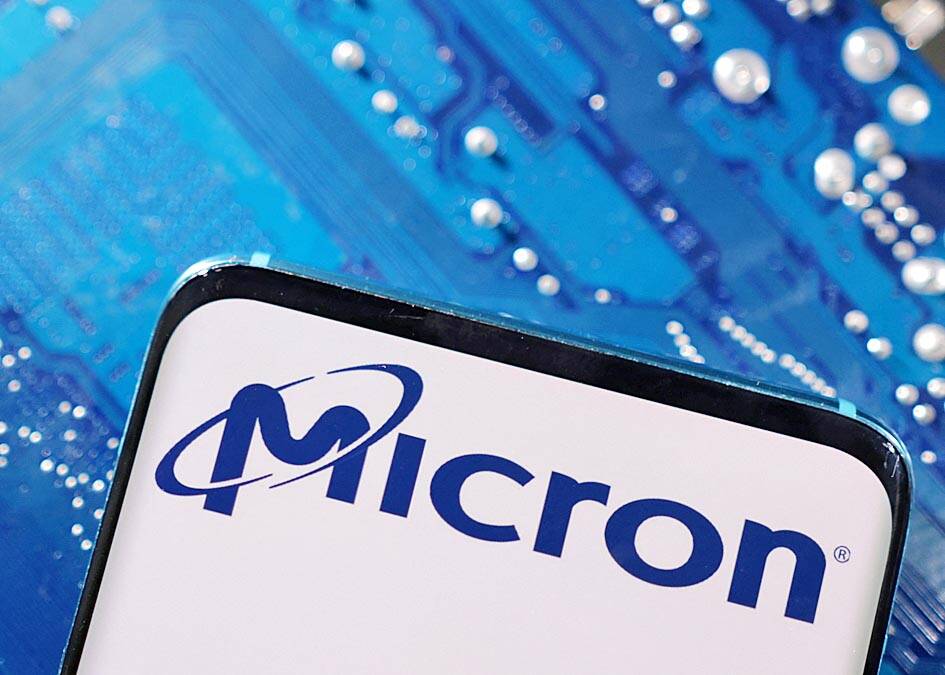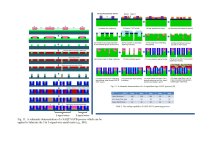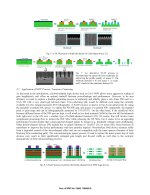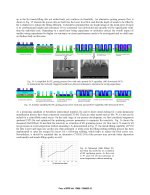A huge chunk of Samsung and SK Hynix memory production is in China. Especially SK Hynix. Look it up.It's not that simple. Samsung exists too. So while the West diverts logic to Samsung and Intel, China would have no memory and storage suppliers to buy from. CXMT and YMTC can't meet all their needs, especially with broadened trade restrictions a Taiwan blockade would cause.
In case of conflict the Chinese would just hand over the South Korean factories to Chinese companies so they would operate them. And they would add to their production.





